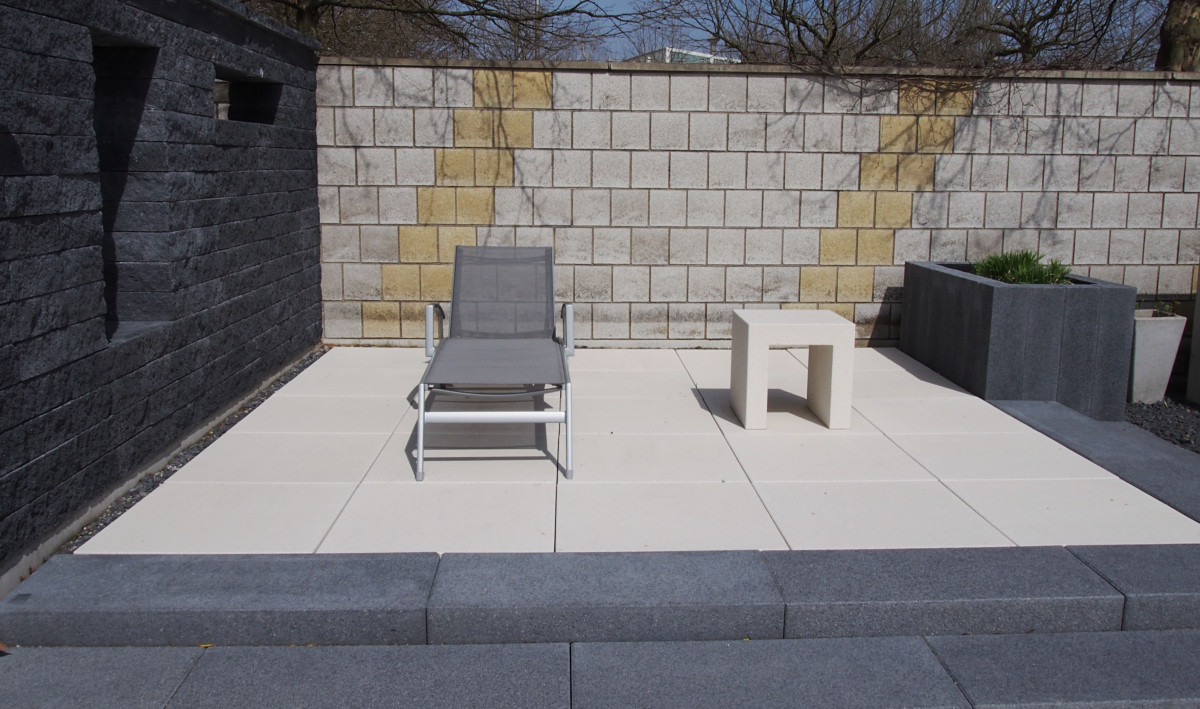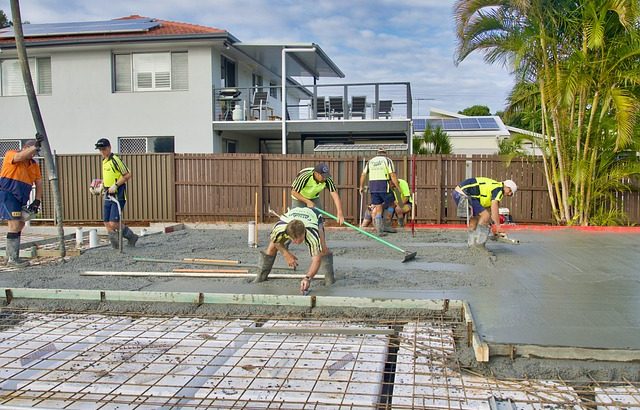
Concrete offers endless possibilities for home improvement and building projects. From custom designs to essential repairs, understanding how to effectively work with concrete can transform your space. Here, we explore five key areas: Custom Concrete Projects, Concrete Slabs, Concrete & Drains, Basements, and Repairs.
1. Custom Concrete Projects
Custom concrete projects provide unique, personalized touches to your home or outdoor space. Whether you’re envisioning a sleek modern patio, a decorative pathway, or an intricate garden feature, concrete’s versatility can help bring your ideas to life.
Designing Your Dream
Begin with a clear vision. Sketch your ideas and consider the space’s functionality and aesthetics. Think about color, texture, and finishing techniques. Exposed aggregate, stamped concrete, and acid staining offer various looks and feels.
Professional Assistance
Consulting with a professional is crucial. They bring technical expertise and experience to the table, ensuring your project is not only beautiful but also structurally sound. They can offer insights on the best materials and methods, as well as navigate local building codes and permits.
2. Concrete Slabs

Concrete slabs form the foundation of many structures, from patios to entire homes. They provide a stable, durable base that can support heavy loads and resist the elements.
Preparation and Pouring
Proper preparation is essential for a successful slab. Excavate the site, create a level base, and install forms to shape the slab. Reinforcement, such as rebar or wire mesh, enhances strength and durability. Pouring and finishing the concrete requires skill and precision to ensure a smooth, even surface.
Curing and Sealing
Allow the slab to cure properly, typically for at least a week. Curing strengthens the concrete and minimizes the risk of cracks. Sealing the slab protects it from moisture, stains, and wear, extending its lifespan.
3. Concrete & Drains
Effective drainage is critical in any concrete project. Poor drainage can lead to water damage, erosion, and structural issues. Incorporating proper drainage solutions during the planning phase can prevent costly repairs down the line.
Planning for Drainage
Evaluate the site and identify potential drainage challenges. Slope the concrete surface to direct water away from buildings and towards drainage channels. Consider installing French drains or catch basins to manage water runoff efficiently.
Professional Installation
A professional can assess your site’s specific needs and recommend the best drainage solutions. Their expertise ensures that the drainage system integrates seamlessly with your concrete project, protecting your investment.
4. Basements
Concrete basements offer additional living space and storage options. They also enhance your home’s value and energy efficiency. Proper planning and construction are vital to avoid common issues like moisture intrusion and structural instability.
Construction Considerations
Excavation and site preparation are the first steps in building a concrete basement. Properly install footings and walls to support the structure above. Insulating the walls and floor helps maintain a comfortable temperature and prevents moisture problems.
Waterproofing and Finishing
Waterproofing is crucial to protect your basement from leaks and dampness. Apply waterproofing membranes or sealants to the exterior walls and install a drainage system around the foundation. Once waterproofed, you can finish the basement with flooring, walls, and lighting to create a functional, inviting space.
5. Repairs
Over time, concrete can develop cracks, chips, and other damage. Prompt repairs preserve the integrity and appearance of your concrete surfaces, preventing further deterioration.
Identifying Issues
Regularly inspect your concrete for signs of damage. Hairline cracks, spalling, and uneven surfaces indicate that repairs are needed. Addressing minor issues early prevents them from becoming major problems.
Repair Techniques
Several techniques are available for repairing concrete. Patching compounds fill small cracks and holes, while resurfacing can restore a worn or damaged surface. For extensive damage, professional intervention may be required to assess and repair structural issues.
Professional Repairs
Hiring a professional for significant repairs ensures that the job is done correctly. They can diagnose the underlying cause of the damage and recommend the best repair methods. Their expertise guarantees a durable, long-lasting solution.
Bringing It All Together
Concrete projects, whether custom designs, foundational slabs, drainage solutions, basements, or repairs, require careful planning and execution. Working with a professional ensures that your concrete visions become reality, combining beauty and functionality with structural integrity.
By understanding the fundamentals of concrete work and the importance of professional guidance, you can confidently embark on your next project. Whether enhancing your home with custom concrete features or ensuring the durability of your structures, concrete offers a world of possibilities.
